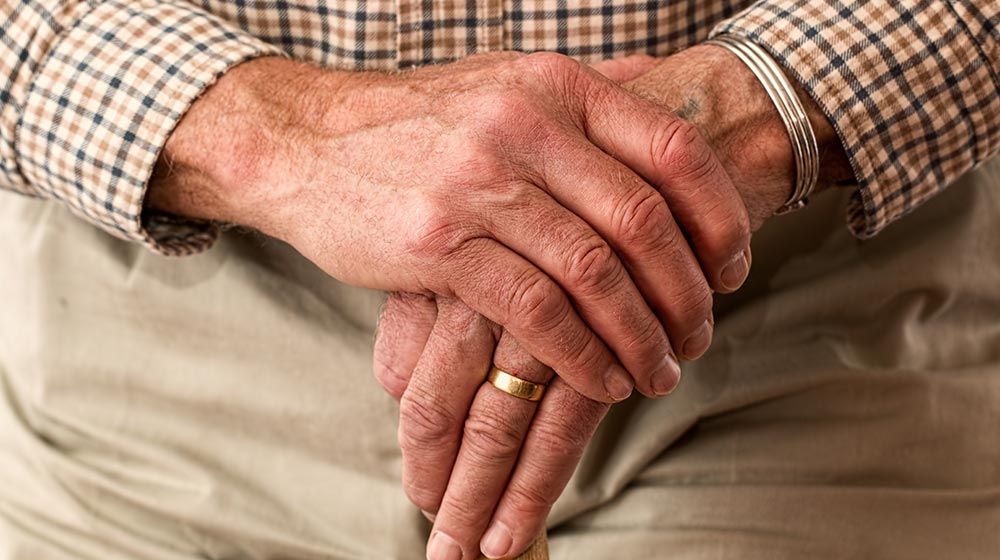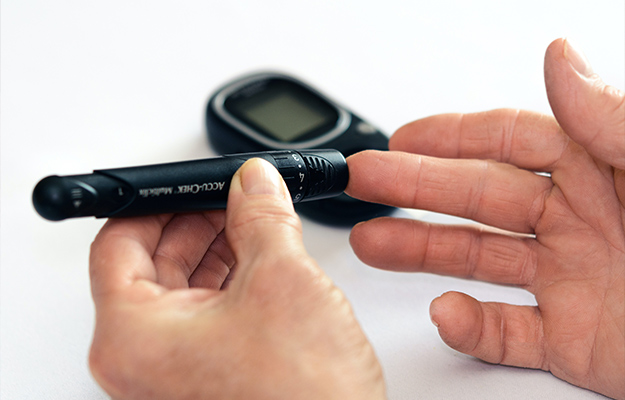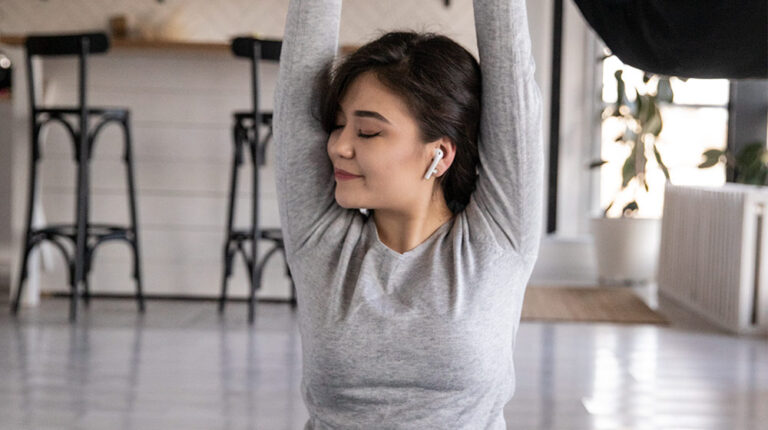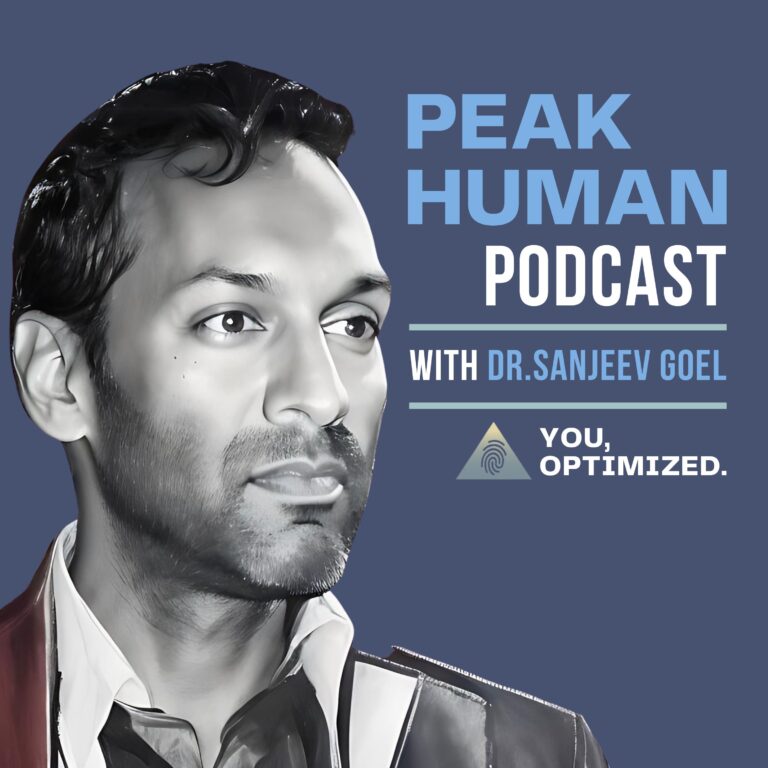Overview
Although often overlooked, grip strength is a vital indicator of overall health. As the hands are involved in most physical tasks, weakness in this area can signify something is amiss.
Research has linked low grip strength to health issues such as poor mobility, increased risk of falls, and diseases. Also, grip strength has been associated with markers of age-related diseases, including bone loss and frailty.
For this reason, recognizing how much grip strength a person has can help identify potential health concerns early on and provide insights into their overall well-being.
This article explains how grip strength and longevity have strong associations, what this measurement means to a person’s overall health, how doctors can utilize it to enhance healthcare outcomes, and, most importantly, how to improve grip strength.
Research Claims Grip Strength as a Stand-alone Predictive Biomarker for Longevity
What Is Grip Strength? And How Is It Measured?
Grip strength refers to the muscular strength of an individual’s hands and forearms and the ability to hold objects securely. In terms of physics, it is a measure of the maximum force that can be generated by the muscles involved in gripping tasks.
The grip strength test is a standard method to assess grip strength, which uses a hydraulic or digital dynamometer.
A dynamometer measures the force exerted by the hand when squeezing the instrument. The individual holds the dynamometer in their hand and squeezes it as hard as possible. The device then measures the amount of force applied, quantifying grip strength.
Average Grip Strength by Age: Know Your Power
| Age Range | Average Grip Strength (Men) | Average Grip Strength (Women) | Achievable Tasks |
| 20-29 | 85-105 lbs | 50-70 lbs | Writing, typing, opening jars |
| 30-39 | 80-100 lbs | 45-65 lbs | Carrying groceries, using tools |
| 40-49 | 75-95 lbs | 40-60 lbs | Lifting moderate weights, gardening |
| 50-59 | 70-90 lbs | 35-55 lbs | Operating power tools, DIY projects |
| 60-69 | 65-85 lbs | 30-50 lbs | Opening bottles, household chores |
| 70+ | 60-80 lbs | 25-45 lbs | Turning door knobs, light tasks |
*Grip strength averages can vary depending on fitness level, hand dominance, and overall health. The achievable tasks are general examples and may vary from person to person based on their specific needs and physical abilities.
What Does Grip Strength Mean for Your Health?
Grip Strength and Bone Density, Fractures, and Falls
![]()
Research consistently demonstrates a relationship between grip strength and bone mineral density (BMD) and osteoporosis at various sites involved in hand grip. Grip strength has also been associated with hip fractures and increased risk of fragility fractures. Furthermore, grip strength is related to falls, which are a key cause of fractures.
Studies have shown that individuals with lower grip strength have a higher incidence of falls than those with stronger grip strength. Longitudinal studies have explored the predictive value of grip strength and have found it to be associated with incident fractures, even when accounting for other factors such as lifestyle and body size.
In older adults, reduced grip strength and knee extension strength have been significantly related to fall-related fractures, with the former being a better measurement.
Grip strength has been suggested as a cost-effective predictor of fractures, particularly when measuring BMD is impractical. Tests of sit-to-stand performance, walking time, and grip strength have shown predictive value for falls and recurrent falls.
Grip Strength and Nutritional Status
Grip strength has been explored as a potential biomarker for assessing nutritional status in various patient populations, yielding mixed results. Lower grip strength has been associated with an increased risk of malnutrition among older Chinese inpatients, as measured by Nutritional Risk Screening and Subjective Global Assessment tools.
In patients undergoing hemodialysis, grip strength showed significant inverse correlations with the Malnutrition-Inflammation Score, regardless of race, age, and gender.
Meanwhile, patients with gastrointestinal cancer and refractory cachexia had the lowest grip strength, suggesting a relationship between cachexia severity and grip strength. However, more than grip strength alone was required to confirm malnutrition in older patients, as it needed better validity as a single nutrition indicator.
Nonetheless, grip strength assessments were more widely completed than other functional measures (92%), such as the 5-meter walk test (43%), indicating that grip strength may be more useful in contexts where other measurements are impractical.
Grip Strength and Disease Status and Comorbidity
In individuals with diabetes, weakness in the lower limbs is commonly observed, particularly in the presence of neuropathy. However, limited grip strength has also been reported in individuals with diabetes or prediabetes, and it has been inversely related to measures of glucose control, such as fasting glucose and HBA1c, and systemic inflammation.
Grip strength has also been shown to be related to multimorbidity, regardless of whether diabetes is part of the comorbidity load. Grip strength can also predict disease and disease-specific mortality, especially cardiovascular disease and cancer.
Specifically, decreased grip strength has been associated with an increased risk of cardiovascular disease, and it is a powerful predictor of cardiovascular and all-cause mortality, surpassing the predictive value of systolic blood pressure. Grip strength is also linked to myocardial infarction and stroke (hazard ratio 1.07 and 1.09, respectively).
Grip Strength and Cognition, Depression, and Sleep
In older adults, significant relationships have been observed between grip strength and cognitive function, including measures such as the Mini-Mental State Examination, information processing speed, executive functioning, and memory tasks.
Longitudinal studies examining grip strength and cognitive function have yielded mixed results, with some studies suggesting an association between grip strength and cognitive decline over time, while others find limited evidence for such a relationship.
Grip strength has also been linked to depression, with weaker grip strength being associated with higher prevalence rates of depression (8.8% among adults classified as weak compared to 3.8% among those considered normal) in various countries. However, this correlation may vary based on factors such as income levels.
Meanwhile, lower grip strength is also related to greater sleep impairment, lower sleep quality, and longer sleep duration. This effect on sleep may be one factor that concurrently results in a lower quality of life.
Grip Strength and Hospital-related Variables
Studies have shown that lower grip strength is associated with a higher risk of hospital admission and death, including emergency admissions and more extended hospital stays.
Specifically, weak grip strength is a significant predictor of hospitalization, with those with the weakest grip strength at a higher risk. Furthermore, patients with weak grip strength are more likely to experience complications during their hospital stay, as seen in surgical patients, cancer patients, hip fracture patients, and those with cirrhosis.
Grip strength has also been linked to post-operative risks and complications in patients undergoing surgery, such as abdominal cancer and elective cardiac surgery.
Grip strength has shown associations with hospital and rehabilitation length of stay. Studies have reported significant relationships between grip strength and length of stay in various patient populations, including older hospitalized patients, stroke patients, pneumonia patients, and those undergoing hip or knee arthroplasty.
Grip strength has also been linked to hospital readmissions, with low pre-admission and post-admission grip strength associated with higher readmission rates or death.
Grip Strength and All-cause Mortality
Multiple meta-analyses and large-scale studies have consistently demonstrated an association between weak grip strength and increased mortality risk.
The hazard ratios for all-cause mortality ranged from 1.16 to 1.79 per 5 kg reduction in grip strength or when comparing higher versus lower levels of grip strength. Large-scale studies conducted in various countries and regions have further confirmed the predictive value of grip strength for mortality in community-dwelling populations.
These studies consistently highlight the significance of grip strength as a robust indicator of mortality risk. Also, it has been observed that the risk of mortality is further heightened in individuals with low grip strength who also experience malnutrition.
Grip Strength Exercises for Stronger Lifts and Longevity
Given that grip strength and longevity have strong associations, raising our awareness of how to improve grip strength is vital. Several exercises can help improve grip strength in individuals of all age ranges, including men and women.
Here are some examples:
- Hand Grippers: Use a hand gripper tool and squeeze it repeatedly
- Farmer’s Walk: Hold a heavy dumbbell or kettlebell in each hand
- Plate Pinch: Hold two weight plates together with the smooth sides facing out
- Dead Hangs: Hang from the bar with your palms facing away from you
- Wrist Curls: Curl your wrist upward with a dumbbell, palms facing upward
- Towel Pull-Ups: Grip the ends of the towel on a bar and perform pull-ups
- Tennis Ball Squeezes: Squeeze the ball and hold the contraction for a few seconds
- Finger Extensions: Spread your fingers against the resistance of a rubber band
- Rock Climbing: Engage in indoor or outdoor rock climbing activities
Start with exercises suitable for your strength level and gradually progress as you build grip strength. Stay consistent, rest adequately, and recover between sessions.
Also, consult a fitness professional or healthcare provider before starting any new exercise program, particularly if you have pre-existing health conditions or injuries.
Bottom Line: Grip Strength in Healthcare Settings
Grip strength holds significant potential as a valuable biomarker in healthcare settings. With its strong associations with various health conditions and diseases, grip strength can provide doctors with an additional tool for prognosis and assessment.
By measuring grip strength, healthcare professionals may gain insights into a patient’s overall health status, functional abilities, and potential risks for adverse outcomes.
Moreover, grip strength can serve as a simple and practical indicator of underlying health problems in the general population. A decline in grip strength could prompt individuals to seek timely medical support and interventions, potentially leading to earlier detection and management of health conditions.
Studies have shown that grip strength and longevity have strong associations, meaning that incorporating grip strength into routine healthcare practices can enhance healthcare outcomes and support individuals in maintaining optimal health.
References
Bohannon R. (2019). Grip Strength: An Indispensable Biomarker For Older Adults. Clinical Interventions In Aging.
If you have questions about grip strength and longevity or any health problems discussed here, contact us and learn more.
At Peak Human, our team of healthcare professionals helps you reach your ‘peak’ health with a custom whole-person approach. Using the most cutting-edge, science-backed biohacking and aesthetic tools available today, we help you achieve the highest physical/cognitive performance state, improving your overall quality of life.
Don’t hesitate to contact us for questions or to book an appointment. Get personalized support and insight from expert physicians.
UP NEXT:
- Understanding Sarcopenic Obesity And Its Effect On Longevity
- Epigenetic Factors That Influence Longevity
- How Healthy Muscles Can Become The Foundation Of Longevity







